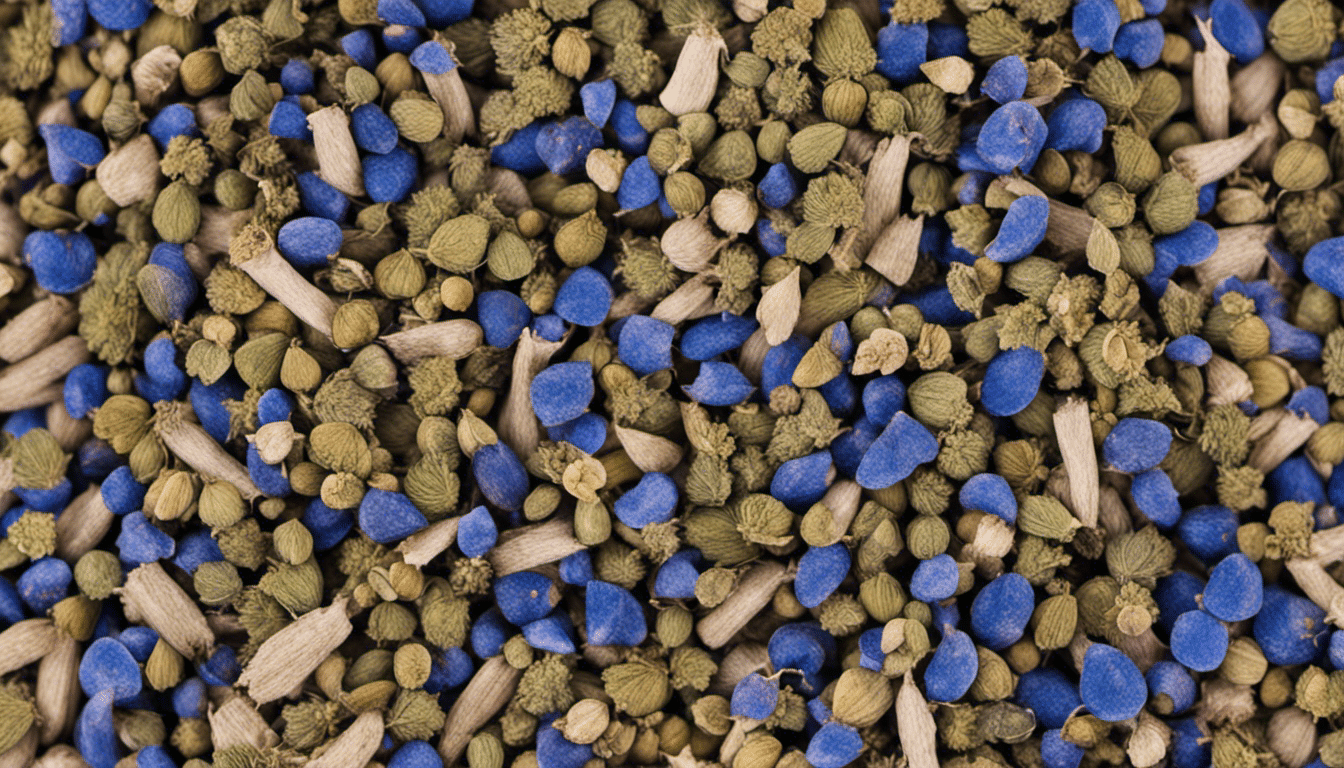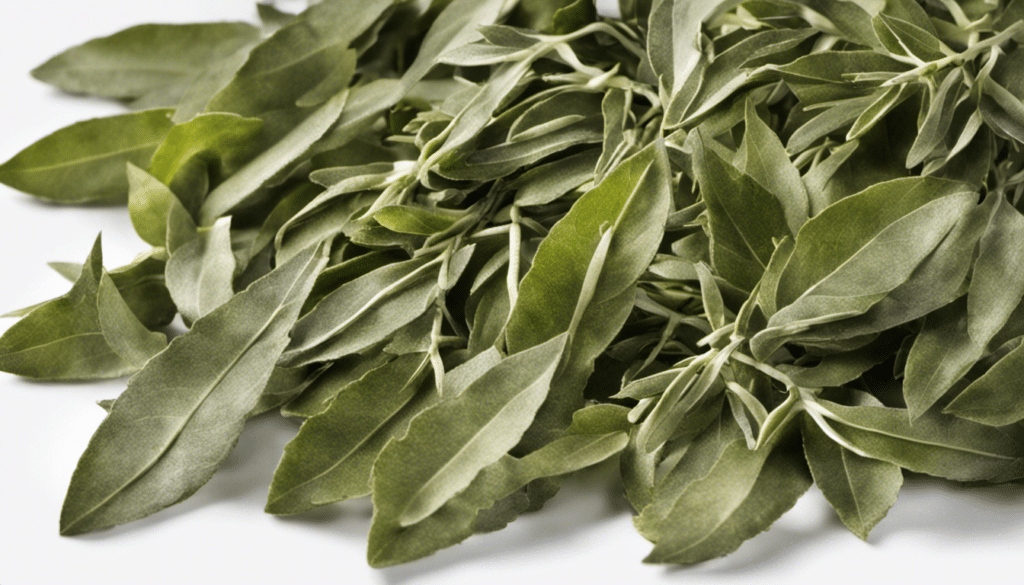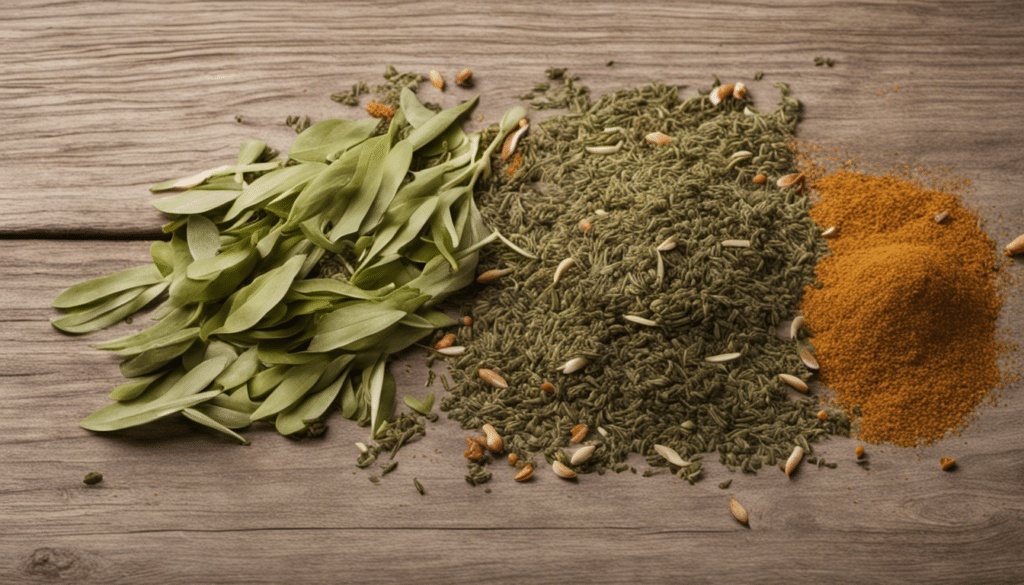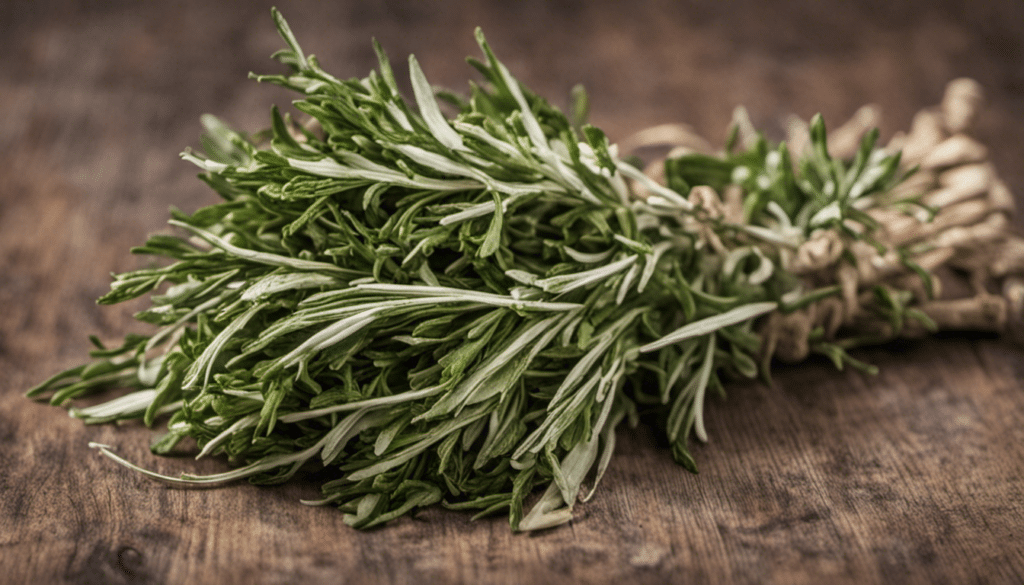Everything You Need to Know About Blue Fenugreek
Blue Fenugreek, a unique herb enveloped by an aura of mystery, has been a secret ingredient in many culinary endeavours. This inspiring superfood is an underexplored herb that’s brimming not only with exceptional savour, but also with noteworthy health benefits. Traditionally used in Georgian cuisine, our knowledge about Blue Fenugreek (also known as Utskho Suneli) is as colourful as the spice itself. So, let’s untangle this herbal marvel and bring it close to our hearts and plates!
A Peek into its Roots
Originating from the mountainous regions of the Caucasus, Blue Fenugreek’s history stretches as far back as the Bronze Age. Its botanical name, Trigonella caerulea, hints to its blue flowers, a sight as rare as the spice itself. Being a staple of Georgian cooking, it’s widely used in traditional recipes like Khmeli Suneli, a classic spice mix. But its fame doesn’t stop there. It’s also found its way into the heart of Central and Eastern European cuisines such as Swiss and Austria, where it’s used to flavour cheese.
Unpacking Blue Fenugreek’s Health Benefits
Not just a delight for the taste buds, Blue Fenugreek has a reputation as a medicinal herb dating back millennia. It owes its vast therapeutic properties to its fine stash of vitamins, minerals, and phytonutrients. According to a study published in the India Journal of Pharmaceutical Education and Research, it’s especially lauded for its antidiabetic, anti-inflammatory, and antioxidant qualities.
Some cultures steep the Blue Fenugreek leaves to make a therapeutic tea that aids digestion, while others consume it to alleviate respiratory conditions. Increasing evidence also suggests potential benefits for women’s health, helping alleviate menopausal symptoms and promote natural childbirth.
Naming the Nameless
Quite fittingly for a spice with manifold benefits and uses, Blue Fenugreek is known by a plethora of names! Among the Georgians, it’s cherished as Utskho Suneli or ‘foreign fenugreek’. To the Swiss it’s ‘Schabzigerklee’, while others may know it as ‘blue white clover’. No matter the name, though, the unique, slightly sweet and nutty taste with an edge of bitterness sets it apart in the world of herbs and spices.
While it may take a bit of diligent searching, adding Blue Fenugreek to your spice collection is an adventurous step worth taking. As they say in Georgia, “გილოცავთ გამარჯობა” or “Enjoy your meal”!
Blue Fenugreek Recipe Ideas
- Blue Fenugreek Chicken Soup
- Fried Potatoes with Blue Fenugreek
- Blue Fenugreek and Lentil Stew
- Spaghetti with Blue Fenugreek and Garlic
- Blue Fenugreek Roasted Vegetables
- Cheesy Blue Fenugreek Biscuits
- Blue Fenugreek and Tomato Sauce Pizza
- Pumpkin Soup with Blue Fenugreek
- Blue Fenugreek rice pilaf
- Blue Fenugreek Infused Grilled Steak




